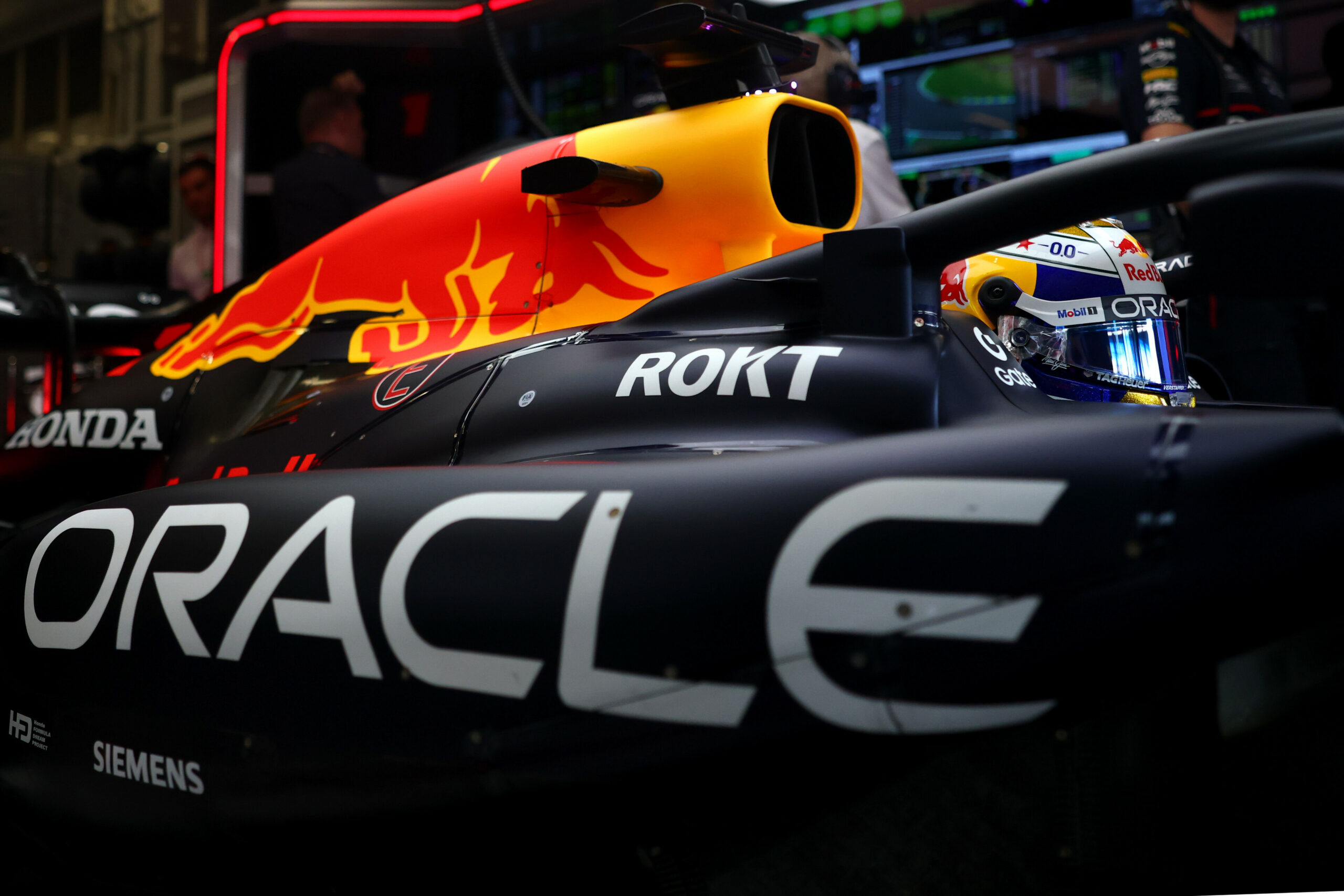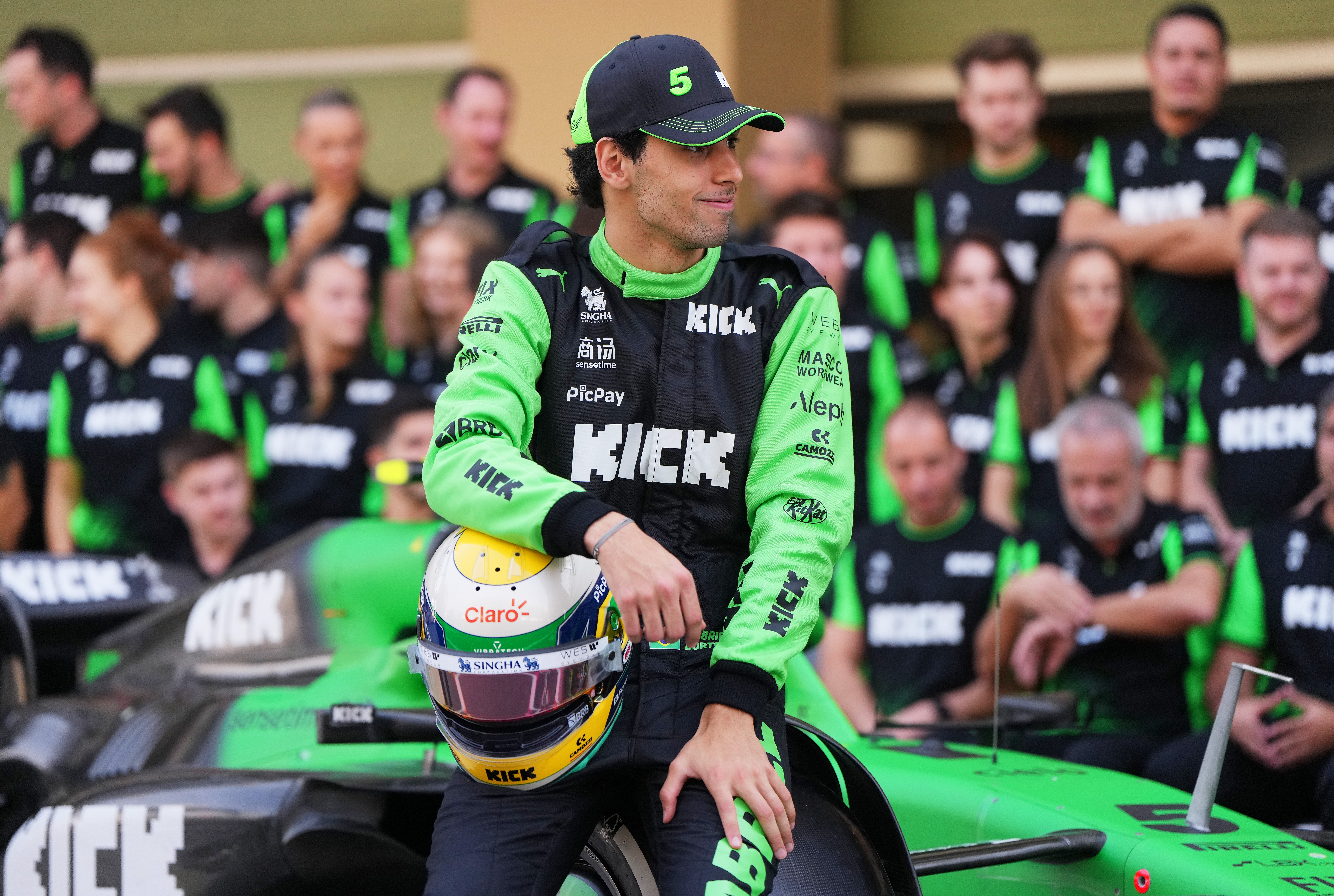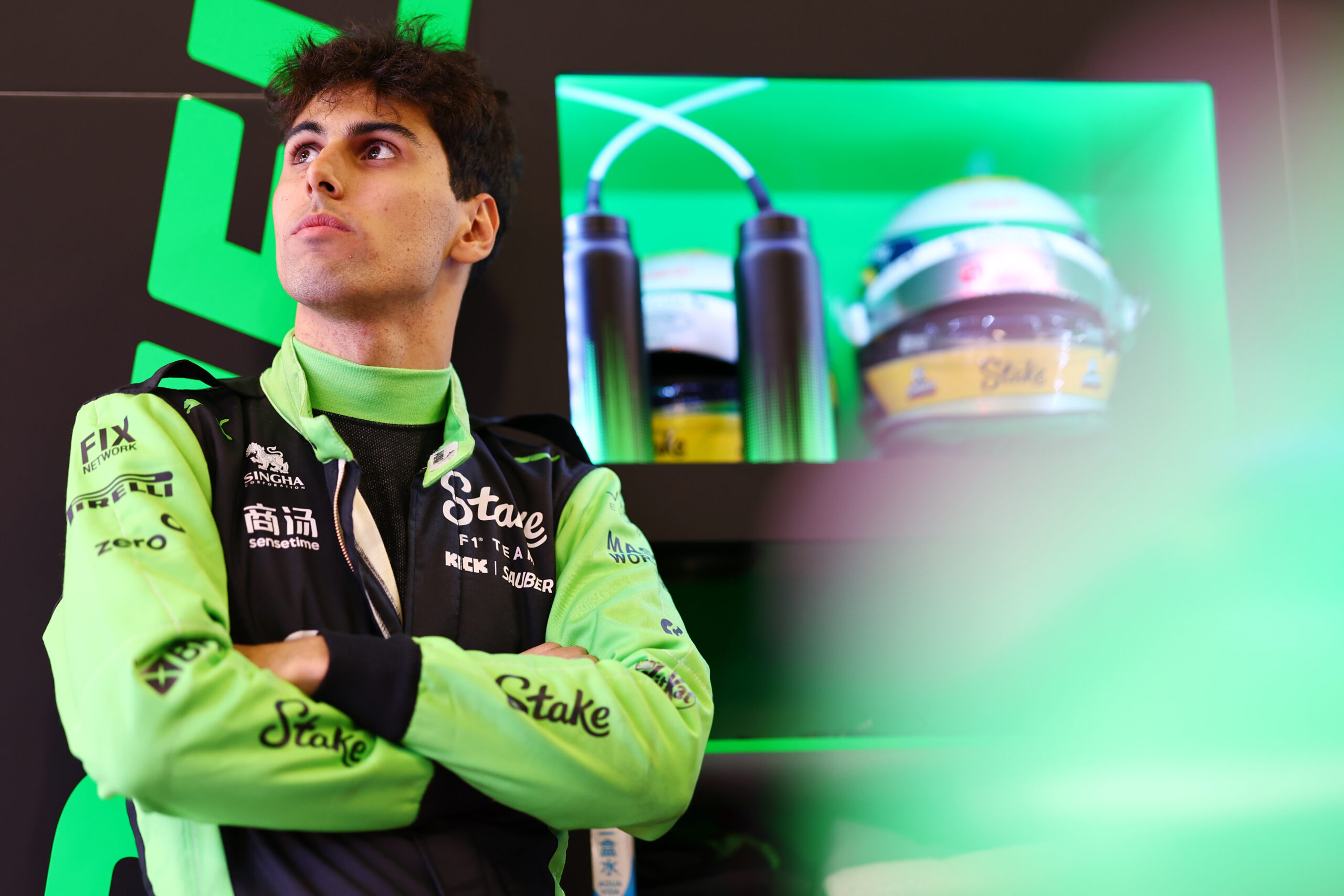Formula 1 venues around the world, including locations like Losail and the Red Bull Ring, face the risk of losing their spots on the F1 calendar if they don’t address the ongoing track limit problems, according to FIA President Mohammed Ben Sulayem.

Photo credit: Red Bull Content Pool
Following a tumultuous weekend at the Qatar Grand Prix, marred by numerous track limit infractions leading to grid position adjustments and a flurry of in-race penalties, Ben Sulayem has firmly conveyed his dissatisfaction with such recurring situations.
Ben Sulayem firmly believes that circuits like Qatar and Austria must undertake modifications to discourage drivers from exploiting track limits.
“You’re absolutely right about it, we had the same issue in Austria, it was 1200 [offences there]. And I have to say, congratulations to the stewards because they spotted it. But is that the solution? No. The solution is to improve the track itself. I know some are resistant to it, but to tell you the truth, if they don’t, there is no race. It is as simple as this. We can’t afford this,” the president stated.
One of the alarming consequences of track limit abuse during the Qatar Grand Prix was its impact on tyre performance. Drivers exploiting the kerbs excessively contributed to sidewall separation in Pirelli tyres, which prompted a decision to limit the tyre life to 18 laps during the main race, effectively turning it into a three-stop affair.
The tyre situation in Qatar was a direct result of drivers pushing the limits. This forced a decision to impose an 18-lap limit on tire life, transforming the race into a three-stop spectacle.
To resolve the recurring issue of track limit violations, Ben Sulayem emphasised the importance of reevaluating kerb designs at venues where these violations are prevalent. He hinted at potential solutions, such as making the run-off areas slippery to deter drivers from straying beyond the limits.
Ben Sulayem explained: “We have to work on a solution… We can think of the height [of the kerbs]. Does it damage the cars? Or maybe there is a possibility of putting some gravel, but with gravel, we have to be very careful. How deep is the gravel? Because you don’t want anyone to get stuck. And how big is the gravel? because you don’t want the car to be damaged. It is a balance.”
Furthermore, he highlighted the urgency of addressing this issue and the necessity to engage with drivers for their input. These measures are vital for the sustainability and safety of F1 races.
“I will have to make it urgently because it has to be implemented for next year. We cannot afford [for it to continue], especially where we see it all the time.”
F1 notably avoided a repeat of the post-race track limit dramas that unfolded in Austria, where stewards took several hours to evaluate potential breaches. This was made possible through an improvement in stewarding processes and the establishment of a Remote Operations Centre by the FIA to maintain better control.
Ben Sulayem acknowledged the potential for further enhancements, especially with new technology, but he stressed the need for increased resources to implement these changes effectively.
He said, “The use of technology should be there… we need more resources. I mean, it’s a $20 billion operation here and we cannot run it on a shoestring.”, then called for a revised agreement with F1 to secure the funding required to bolster the FIA’s ability to enforce regulations effectively: “Our agreement has to be better… Every time we are better, we make the teams better and we make the sport better.”





